Discover 11 hidden attractions, cool sights, and unusual things to do in Deeside (United Kingdom). Don't miss out on these must-see attractions: Ewloe Castle, Hawarden Castle, and St Deiniol's Church. Also, be sure to include Hawarden Castle in your itinerary.
Below, you can find the list of the most amazing places you should visit in Deeside (Wales).
Table of Contents
Ewloe Castle

Castle in Wales. Ewloe Castle is a native Welsh castle built by the Kingdom of Gwynedd near the town of Ewloe in Flintshire, Wales. The castle, which was one of the last fortifications to be built by the native Princes of Wales, was abandoned at the beginning of the invasion of Wales by Edward I in 1277. Its construction, using locally quarried sandstone, appears to have continued piecemeal over many years and may have not been completed. On taking the castle, the English Crown gave it little military value and allowed it to fall into ruin.
Ewloe was sited on high ground within Tegeingl, a cantref in the lands of North-east Wales (Welsh Perfeddwlad). Standing near the Chester road, it maintained a strategic position near the Wales–England border. The castle is located on a steeply-sloped promontory within a forested valley. It overlooks the junction of two streams with higher ground to the south.[1]
Hawarden Castle
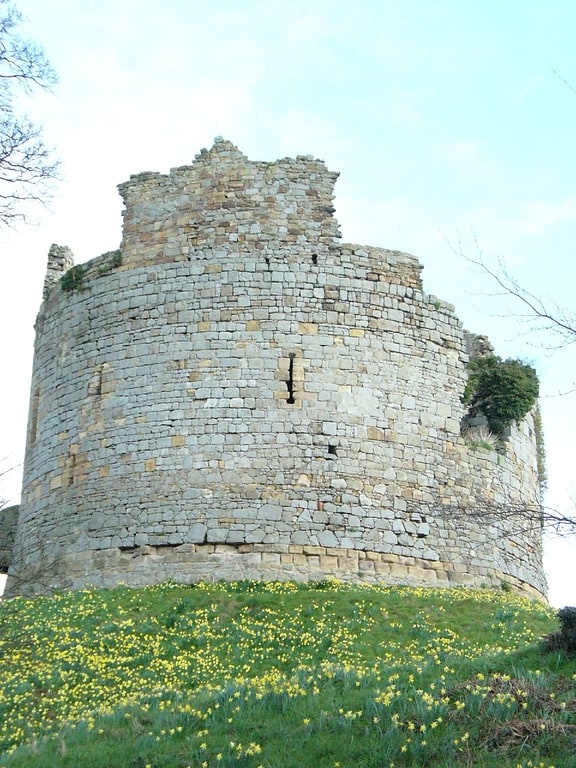
Medieval castle in Hawarden, Wales. Hawarden Old Castle is a Grade I listed medieval castle near Hawarden, Flintshire, Wales.
The castle's origins are indeterminate and the oldest fortifications on this site may date back to the Iron Age, later being used as a Norman Motte-and-bailey castle which was reportedly destroyed and replaced in a short period during the 13th century.
The castle played an important role during the Welsh struggle for independence in the 13th century. At Easter 1282, Dafydd ap Gruffudd attacked Hawarden Castle, thereby starting the final Welsh conflict with Norman England, in the course of which Welsh independence was lost. King Edward I's sense of outrage was such that he designed a punishment for Dafydd harsher than any previous form of capital punishment; Dafydd was hanged, drawn, and quartered in Shrewsbury in October 1283.
A sense at the wider outrage caused by Dafydd's attack being made at Easter can be read in the account of the Chronicle of Lanercost;
".. the Welsh nation, unable to pass their lives in peace, broke over their borders on Palm Sunday, carrying fire and sword among the people engaged in procession, and even laid siege; whose Prince Llywelyn, deceived (more's the pity) by the advice of his brother David, fiercely attacked his lord the King; as we read written about Christ, 'him whom I loved most hath set himself against me.'"
In 1294 the castle was captured during the revolt of Madog ap Llywelyn.
After the English Civil War in the 17th century the castle was slighted on the orders of Oliver Cromwell. Its ruins are on the New Hawarden Castle estate and are open to the public on some Sundays, typically the second and fourth Sundays in summertime.[2]
St Deiniol's Church

Church in Hawarden, Wales. St Deiniol's Church, Hawarden, is in the village of Hawarden, Flintshire, Wales. It is the parish church of the rectorial benefice of Hawarden in the deanery of Hawarden, the archdeaconry of Wrexham, and the diocese of St Asaph. The church has associations with W. E. Gladstone and his family, and is designated by Cadw as a Grade II* listed building.[3]
Address: Church Ln, CH5 3LT Deeside
Hawarden Castle

Ruin in Wales. Hawarden Castle is a house in Hawarden, Flintshire, Wales. It was the estate of the former British prime minister William Gladstone, having previously belonged to the family of his wife, Catherine Glynne. Built in the mid-18th century, it was later enlarged and externally remodelled in the Gothic taste.[4]
St David's Church

St David's Church, Connah's Quay is in the town of Connah's Quay, Flintshire, Wales. It is an active Anglican church in the Deanery of Hawarden, the archdeaconry of Wrexham and the diocese of St Asaph. The Church is the daughter Church of St Mark's Church, Connah's Quay.[5]
St Mark's Church
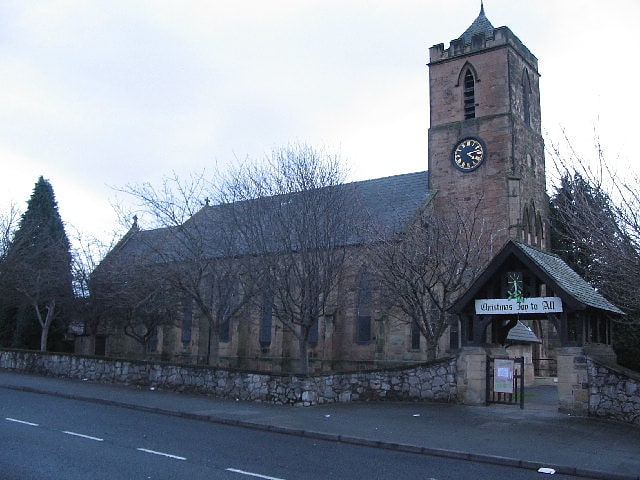
Anglican church in Connah's Quay, Wales. St Mark's Church, Connah's Quay is in the town of Connah's Quay, Flintshire, Wales. It is an active Anglican church in the mission area of Borderlands, the archdeaconry of Wrexham and the diocese of St Asaph. The church is the parish church for Connah's Quay and the mother church of St David's Church, Connah's Quay. It is designated as a Grade II listed building by Cadw. The new Vicar, Rev'd Alexier Mayes, was licensed in April 2018.[6]
Greenacres Animal Park

Outdoor activities, Park, Zoo
Address: Cottage Lane, CH5 2AZ Deeside
Wepre Park

Country park in Connah's Quay, Wales. Wepre Park is a 160 acres country park near Connah's Quay in Flintshire, Wales. The park is home to Ewloe Castle and contains a children's playground, outdoor gym, football playing pitches and a visitor centre.[7]
Hawarden
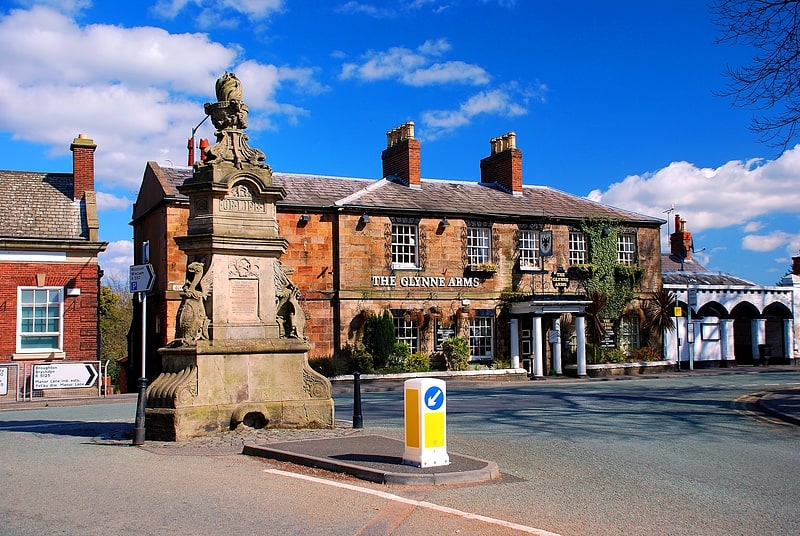
Village in Wales. Hawarden is a village, community and electoral ward, in Flintshire, Wales. It is located as part of the Deeside conurbation on the Wales-England border and is home to Hawarden Castle. In the 2011 census, the ward of the same name had a population of 1,887, whereas the community of the same name, which also includes Ewloe, Mancot and Aston had a population of 13,920. The scenic, wooded Hawarden Park abuts the clustered settlement in the south. Hawarden Bridge constitutes distribution and industrial business premises beyond Shotton/Queensferry and the Dee. The west of the main street is called 'The Highway', its start marked by the crossroads with a fountain in the middle, near which are public houses, some centred on restaurants.
The large village is 4 miles (6.4 km) west and north-west from England is centred 6.7 miles (10.8 km) from Chester. In 2014 it was named in The Sunday Times' annual Best Places To Live List.[8]
Connah's Quay
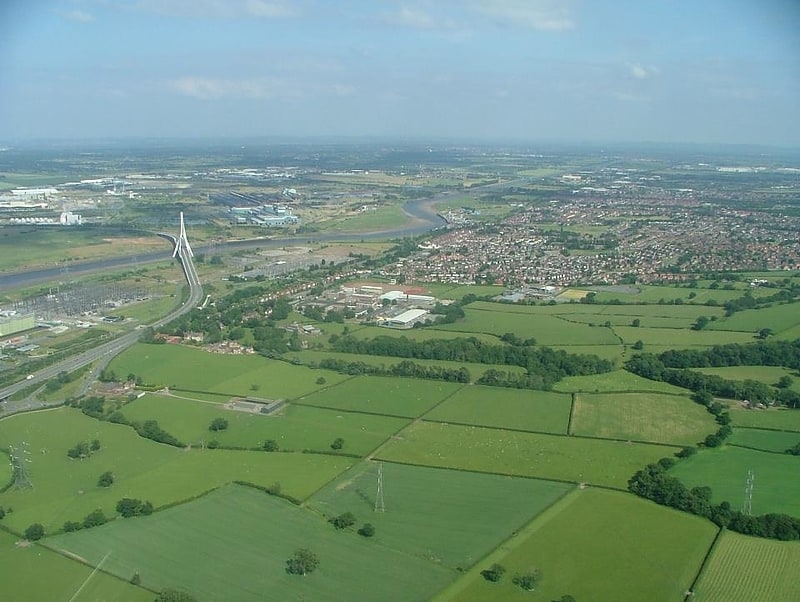
Locality in Wales. Connah's Quay, known locally as "The Quay" and formerly known as Wepre, is a town and community in Flintshire, lying within the Deeside conurbation along the River Dee, near the border with England. It is the largest town in Flintshire. It is located 6 miles west of Chester and can be reached by road from the A548, by rail from the nearby Shotton railway station, and also is on the National Cycle Network Route 5. It also lies just south of Deeside Industrial Park, one of the largest such complexes in the region. The major part of Tata steelworks is also on the town's border on the north bank of the River Dee. Wepre Woods, an ancient woodland in the town, is controlled by Flintshire County Council's Ranger Service and includes Ewloe Castle which dates from the 13th century.
With a population of approximately 23,437 with Shotton which it is contiguous with, Connah's Quay and Shotton constitute just under half of the population of the greater Deeside area.[9]
Gladstone's Library
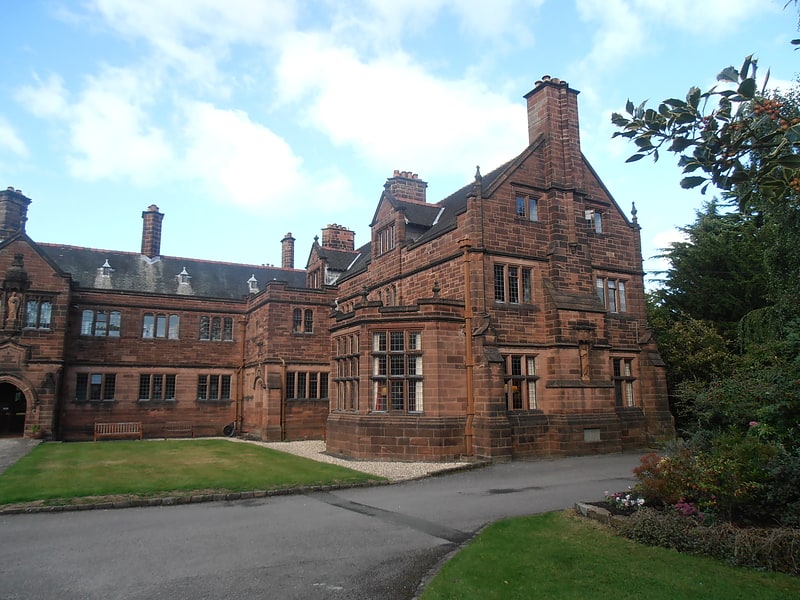
Library in Hawarden, Wales. Gladstone's Library, known until 2010 as St Deiniol's Library, is a residential library in Hawarden, Flintshire, Wales. It is a Grade I listed building and a registered charity.
Gladstone's Library is Britain's only Prime Ministerial Library and the national memorial to the Victorian statesman, and four times Prime Minister, William Gladstone (1809–98).
It is home to a collection of more than 250,000 printed items, including theological, historical, cultural and political materials.[10]
Address: Church Lane, CH5 3DF Hawarden